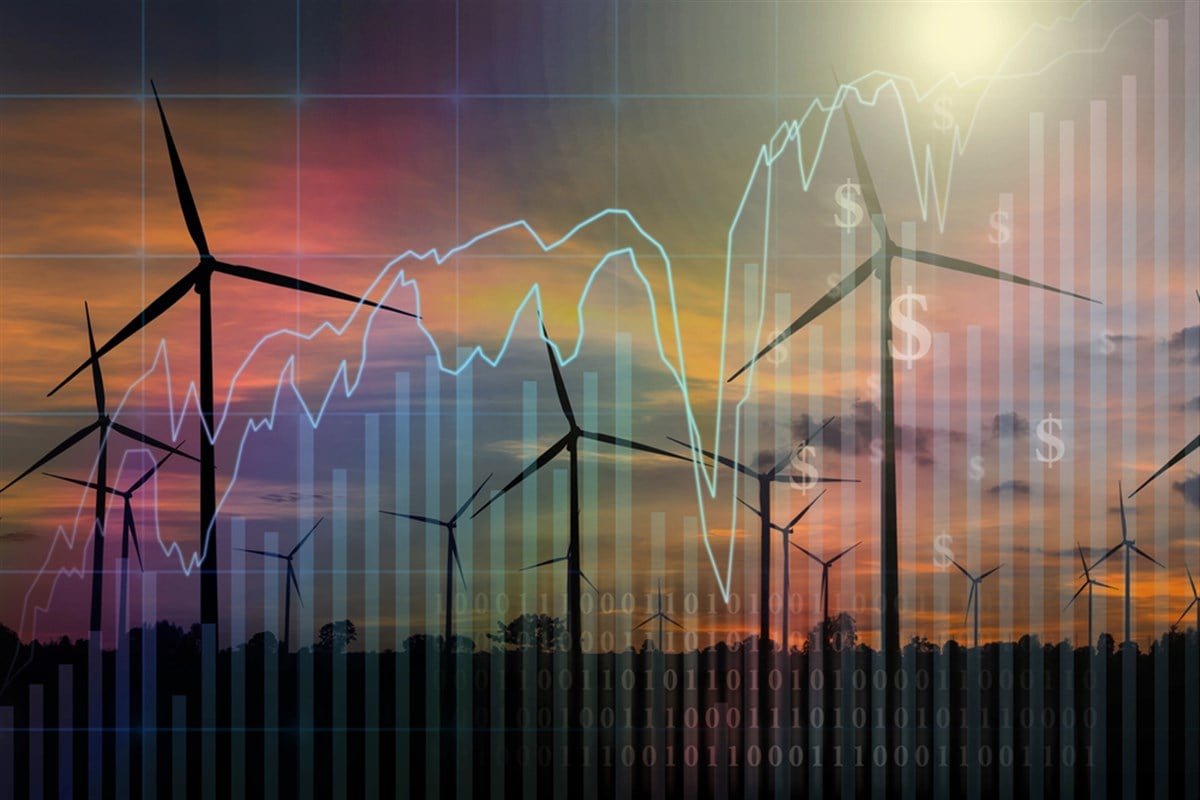
GE Vernova (NYSE: GEV) is a relatively new stock that has nearly doubled its value since it started trading in March. The stalwart American firm General Electric (NYSE: GE) spun it off, and it is now a $70 billion industrial company. Even after a massive price increase, several Wall Street analysts at big-name firms still see more room for the stock to run. So, what exactly does GE Vernova do, and is it a compelling investment?
GE Vernova: Electrifying the World
GE Vernova is a parts, maintenance, and technology provider to electricity generation facilities. The company works across many types of plants, including gas, nuclear, hydroelectric, steam, and wind power.
It is a leader in this space, claiming that its installed base generates 30% of the world’s electricity. The term "installed base" represents the total number of plant products currently in use, including gas and wind turbines. The company typically divides its revenues almost equally between its products and services.
So far, in 2024, 42% of the company’s revenue is attributable to its gas products and services. Wind accounts for 24%, and the company’s electrification segment accounts for 22%. Nuclear accounts for just around 3% of revenue.
The Power segment, which includes gas, hydro, nuclear, and steam, accounted for the vast majority of the company’s profits. It has an earnings before interest, taxes, depreciation, and amortization (EBITDA) margin of 13.8%. The Wind segment is money-losing, with an EBITDA margin of -5.7%; however, that’s a 430-basis-point improvement from last year. The Electrification segment has an EBITDA margin of 7.2%.
High Demand and Price Targets
Although the company is clearly reliant on its gas power solutions to make money right now, it is positive to see that all its segments are improving their margins. However, the wind segment saw a big drop in revenues of 21% last quarter compared to the previous year.
At this point, one very strong tailwind for GE Vernova is its remaining performance obligations (RPOs). These are revenues that the company has contracted but still needs to deliver the products and services before they can be recognized. RPOs now total $116 billion. That’s around 14 times the company’s revenue last quarter. This shows an extensive backlog and that demand for the company’s solutions is very strong.
Additionally, 64% of these RPOs are for the company’s services. This should help increase margins as services typically have higher margins than products. At the same time, they need to sell new products to maintain servicing revenue in the future. Seeing a mixture of demand for products and services is a good thing.
Wall Street analysts’ price targets for GE Verona are seemingly only moving in one direction: up. In September alone, the company has received at least 10 price target upgrades. Analysts at Bank of America recently raised their price target by 50%, which now sits at $300. Guggenheim also just initiated the stock with a $300 price target, and Jefferies raised their target to $293.
BofA and Guggenheim's targets represent the currently highest estimates for the stock. They imply that GE Verona’s stock price could rise 17% from its Sept. 24 level of $256. However, taking the average of all the company’s targets actually implies a downside of 11%. It’s important to consider both these figures when thinking about GE Verona's potential value.
Electricity Demand Is a Big Tailwind, but GE Vernova‘s Plans Warrant Skepticism
Although the demand for GE Vernova's products is strong, I am not as bullish on this name as some. It plays a part in powering the AI and data center revolution, but that’s not its main selling point.
Those firms are seeking nuclear energy, which is fully renewable. This isn’t a big part of the company’s business. It wants to fuel its gas turbines with hydrogen to decarbonize them. However, I believe the economics of doing this is still largely in question. The company says on its website, “Major changes to policies, incentives, and infrastructure and initial investments need to be made to make hydrogen a competitive and viable option."
Additionally, the company is scaling back its wind business due to losses. Despite this, I believe GE Vernova will be a winner overall as demand for electricity continues to increase, especially in its electrification segment.













